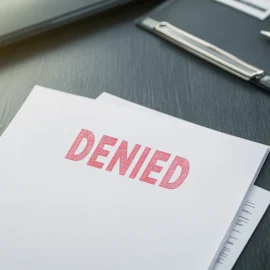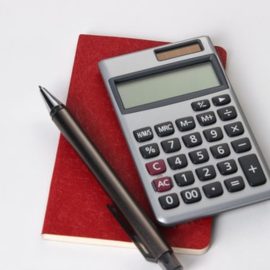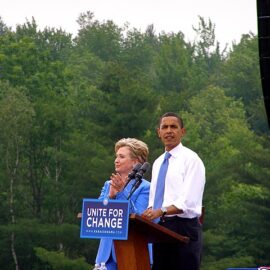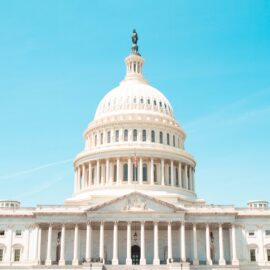
This is a free excerpt from one of Shortform’s Articles. We give you all the important information you need to know about current events and more.
Don't miss out on the whole story. Sign up for a free trial here .
How useful are political polls if you’re trying to make election predictions? What else can be learned from them?
Political polls collect information on how Americans are thinking about political issues and candidates. However, they should be taken with a grain of salt, as results aren’t always accurate.
Here’s a look at the usefulness of polls when making political predictions.
What Do You Need to Know About Polls in 2024?
It’s an election year, and headlines about what “polls show” Americans are thinking have begun to proliferate. Polls can be useful: In 2022, there were more than 161 million registered voters in the US. Polling organizations try to learn about voters’ opinions without interviewing millions of people. Experts say that by asking just 1,000 or 1,500 people what they think about a policy or a candidate, a poll can accurately estimate the opinion of the entire nation, but shouldn’t be used to make political predictions because it’s easy to misinterpret what a poll result means or to misunderstand what polls really do.
Can a Poll Capture What the Entire Country Thinks?
Polling organizations can survey only a small subset of the people who are likely to vote in a given election. So a poll’s accuracy in gauging voters’ views comes down to the size and, more importantly, the quality of the poll’s “sample.”
If the people in the sample are randomly selected and representative of the population, then even a relatively small sample enables polling organizations to accurately estimate how the larger group feels about a political issue or candidate.
But it’s difficult to put together a sample that checks all of those boxes, and there are several reasons why polls may get it wrong:
1. Respondents Aren’t Quite Like Everybody Else
Polling organizations have traditionally put together their samples by calling thousands of random phone numbers. But that method doesn’t work well anymore. Few people pick up the phone to answer the survey. The people who do answer the phone differ from the rest of the population, most notably in their level of social trust.
Polling organizations compensate by “weighting” responses to account for the demographic differences between their respondents and the overall population.
2. It’s Hard to Include Everyone and to Measure People’s Opinions Accurately
To get around the fact that few people pick up their phones to answer a survey, some polling organizations have moved away from phone-based surveys altogether. Instead, some conduct their polls online or via text message. But these often aren’t really random samples.
Even when a polling organization says its sample is “nationally representative,” there can still be biases in its sampling and adjustments. For instance, “coverage error” happens when not everyone in the population has a chance of being included in a survey.
3. Samples Tend to Vary From Populations, Just by Chance
Polls often cite a margin of error of 3 percentage points, which means that 95% of the time, the poll results should be within 3 percentage points of the real answer: the answer you’d get if you could ask every single voter for their opinion. However, the margin of error only quantifies the amount of error expected to come from sampling variation. Since there are plenty of other sources of error, as we’ve discussed above, the average error in a poll is often 6 or 7 percentage points.
Other Factors Also Affect Accuracy
The accuracy of a poll’s results also depends on some less obvious factors like how the questions are phrased, the order of the questions, and whether respondents are honest. People tend to suspect that poll respondents lie. Some experts think they actually do, perhaps in part due to the social desirability bias, or the tendency to give an answer that makes them look better or feel better about themselves.
Though no polling method is perfect, experts say the most trustworthy polling organizations are transparent about their methodology. Experts note that polls that are transparent about the answers to these questions tend to be more accurate than those that aren’t transparent.
What Can Polls Really Tell Us About the Election?
Experts say that while polls can offer useful insights into how people view the candidates and what they think of major issues, estimates of who will actually win an election are less reliable.
Instead, polls show us where people stand on an issue or how they regard a candidate at a single moment in time. Polls have only a limited ability to forecast the choices voters will make in the future. Some experts say that while polls are useful at gauging opinion and discovering why people vote the way they do, it’s best to leave it at that.

Want to fast-track your learning? With Shortform, you’ll gain insights you won't find anywhere else .
Here's what you’ll get when you sign up for Shortform :
- Complicated ideas explained in simple and concise ways
- Smart analysis that connects what you’re reading to other key concepts
- Writing with zero fluff because we know how important your time is






